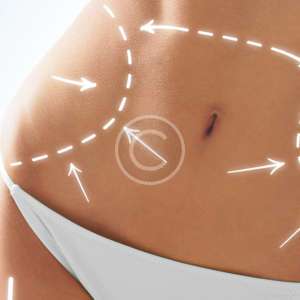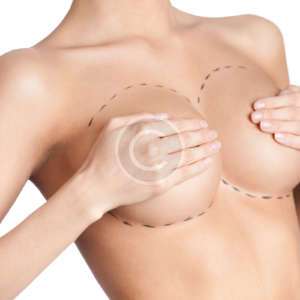
Breast reduction, also known as reduction mammaplasty, is a procedure to remove excess breast fat, glandular tissue and skin to achieve a breast size more in proportion with your body and to alleviate the discomfort associated with excessively large breasts.
You are a good candidate for a breast reduction surgery if
- You are bothered by feeling that your breasts are too large
- You have breasts that limit your physical activity
- You experience back, neck and shoulder pain caused by the weight of your breasts
- You have shoulder indentations from bra straps
- You have skin irritation beneath the breast crease
Consultation
Your surgeon should give you a clear picture of what he or she sees as the best option for you. This will depend on the amount of fatty tissue in your breasts and how much reduction you need. Your surgeon should also give you a specific idea of what the size of your new breasts will be. Be sure to tell your surgeon if you plan to lose weight before your procedure.
Consultation
Your surgeon should give you a clear picture of what he or she sees as the best option for you. This will depend on the amount of fatty tissue in your breasts and how much reduction you need. Your surgeon should also give you a specific idea of what the size of your new breasts will be. Be sure to tell your surgeon if you plan to lose weight before your procedure.
Procedure
Breast reduction surgery is usually performed under anesthesia in a hospital where you can expect to stay one or two days. It usually takes four to five hours. The procedure involves an anchor-shaped incision or only a vertical incision following the natural contour of the breast.
When the excess skin and breast tissue has been removed, the nipple and areola are moved to a higher position. The skin surrounding the areola is brought down and stitched together to reshape the breast. Stitches are usually located around the areola, in a vertical line extending downwards from the nipple area, and along the lower crease of the breast.
Risks
Is it Safe?
The practice of medicine and surgery is not an exact science. Although good results are expected, there is no guarantee. In some situations, it may not be possible to achieve optimal results with a single breast reduction procedure and another surgery may be necessary.
You should know that:
- Breast reduction surgery can interfere with certain diagnostic procedures
- Breast and nipple piercing can cause an infection
- Your ability to breastfeed following reduction mammaplasty may be limited; talk to your doctor if you are planning to nurse a baby
- The breast reduction procedure can be performed at any age, but is best done when your breasts are fully developed
- Changes in the breasts during pregnancy can alter the outcomes of previous breast reduction surgery, as can significant weight fluctuations
Is it painful?
If you are concerned about the pain associated with breast reduction surgery, the first thing to know is that the recovery process will depend largely on the type of surgical technique used to perform your breast reduction.
The more significant the reduction is in size, the longer you can expect the recovery process to take. However, regardless of the surgical technique used to perform your breast reduction procedure, you should expect to have most of the pain subside in the first week after surgery.
Recovery
When your breast reduction procedure is complete, dressings or bandages will be applied to the incisions. An elastic bandage or support bra may be worn to minimize swelling and support the breasts as they heal. A small, thin tube may be temporarily placed under the skin to drain any excess blood or fluid that may collect. You should also find out what sleeping position is best, and when you can return to work and exercise. During your recovery, you also may need help with everyday chores and have to wait on certain daily activities. Certainly, you will be given Medications to apply or take orally to aid healing and reduce the risk of infection
Results
The results of breast reduction surgery will be long-lasting. Your new breast size should help relieve you from the pain and physical limitations experienced prior to breast reduction.
Your body—and your breasts—will continue to change with age and time. The size of your breasts should not change unless you gain or lose significant weight—or become pregnant. But gravity and age will have their effect as the years pass. Breast reduction will not prevent future loosening or sagging. If you’re concerned—or become concerned—about the effects of aging, be sure to discuss them with your surgeon.
Things to keep in mind
Breast reduction is not the same as a breast lift
People often confuse the two procedures, but they aren’t the same. One reason for the confusion is doctors almost always perform a lift during a reduction surgery. If you’re considering breast surgery, it’s important to know the difference. Breast reduction removes excess fat and glandular breast tissue along with some skin. This reduces the overall size of the breast. Breast lift only removes excess skin to raise and reshape sagging breasts.
Your final results will take time
The size and appearance of your breasts will continue to change as you recover. It can take several months for the swelling to completely resolve. And your breasts need time to settle into their new appearance. Your scars will continue to change as well—gradually fading from angry red marks to softer, paler reminders. It’s tempting to go out and buy fancy bras and new clothes, but it’s wise to wait.







